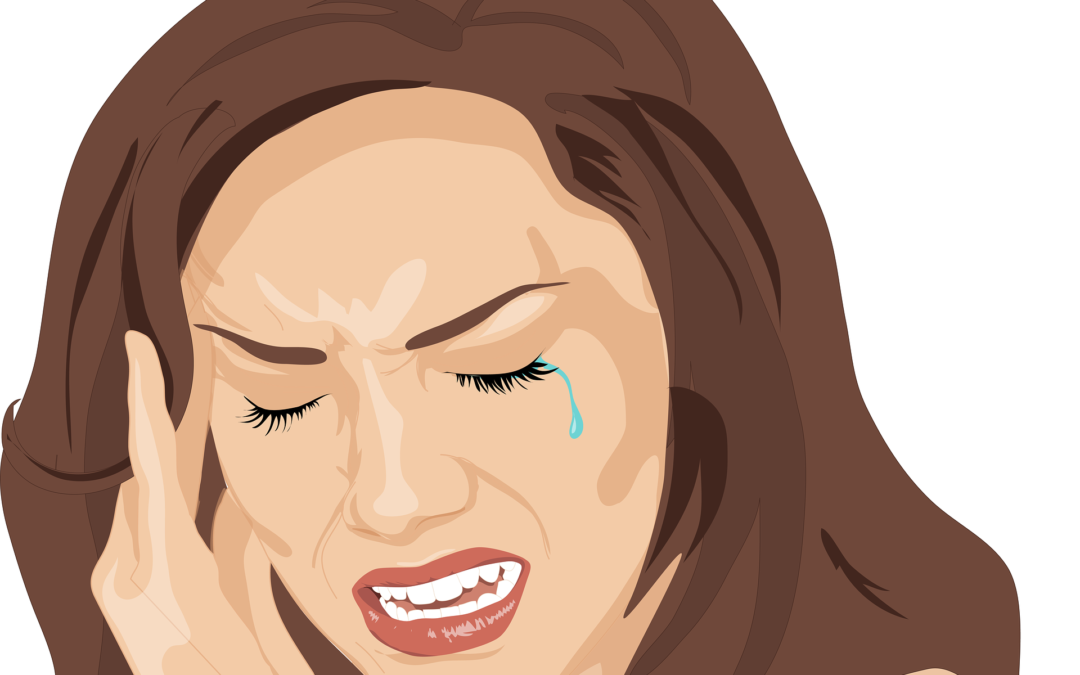There are two distinct categories when it comes to the relationship between our emotions and the KonMari Method of tidying your living environment by vanquishing clutter and embracing only what sparks joy.
One is using KonMari to cleanse your emotional state of being, a topic glossy magazines geared toward women love to discuss. Vogue, for example, offers advice on “how to use the KonMari method to organize your emotional clutter.”
KonMari Process Emotions
When it comes to KonMari and emotions, there’s a more prominent issue to consider. Decluttering to improve your life through the KonMari process can spark intense emotions other than joy during the series of tidying lessons that proceed by category, not room-by-room.
“Tidying is the act of confronting yourself,” says Marie Kondo, whose book TheLife-Changing Magic of Tidying Up: The Japanese Art of Decluttering andOrganizing offers many insights into how saying goodbye to things as part of decluttering triggers intense emotions tied to thoughts and anxieties about your past and hopes and fears about your future.
“… when we really delve into the reasons for why we can’t let something go, there are only two: an attachment to the past or a fear for the future,” Marie says in The Life-Changing Magic of Tidying Up. There is a third reason, of course, that the “something” in question sparks joy, which can be a positive side to an attachment to the past.
Changing Your Way of Thinking
Marie Kondo and KonMari actually focus as much on a person’s psyche and thought process as they do on the actual things in your home. Your mental state informs everything from how you act and what you say to the things you possess and how you choose to spend each day.
“People cannot change their habits without first changing their way of thinking,” Marie says in The Life-Changing Magic of Tidying Up.
She elaborates on that thought in the book in this way: “The process of assessing how you feel about the things you own, identifying those that have fulfilled their purpose, expressing your gratitude, and bidding them farewell, is really about examining your inner self, a rite of passage to a new life.”
And who among us examines their inner self without confronting a storm of emotions?
Applying Order to Your Past
Putting your things in order through KonMari means applying order to your past, and accepting a future that will be guided (for the better) by order. In addition to shedding all the things that don’t spark joy, that often means parting with a closet full of unhelpful lifestyle habits—and changing lifestyle habits acquired over many years is often very difficult.
By encouraging people to confront certain aspects of themselves and their lives up to this point, the KonMari Method unleashes a flood of feelings. Sometimes that’s like adrenaline and clients can’t wait to get started.
Just as often, clients’ initial excitement in setting up an appointment to begin the KonMari process will give way to anxiety and even physical symptoms before the first lesson is even underway.
That excited new client might reach out on the morning of the first meeting, almost wanting to cancel, because they physically feel ill from the fear about what they may discover about themselves.
Emotional and Physical Symptoms
After KonMari sessions, at least in the beginning, people may experience increased congestion, digestive changes, sometimes headaches, and extreme fatigue—not from the physical aspect of what we did but from the emotional aspect, and in part from potentially making hundreds of decisions in a day: What does this mean to me? Do I want to keep it? Do I want to discard it?
Another possible effect of engaging fully in the KonMari process is a change in sleep patterns, a desire for excess rest, or an inability to sleep—essentially the same as produced by pronounced anxiety from any life issue.
Usually these things are only felt at the beginning of the KonMari process, but the effects can reoccur when people dig into a tidying category that’s extremely taxing, such as books, papers or collectables. At that point, a client may have a resurgence of physical or emotional “symptoms.”
Compassionate Support for Clients
“I always contact my clients after every visit, and especially after the first visit, to see what they may be experiencing,” says Christine Thorn, the Sage of Interiors and Connecticut’s Certified Bronze KonMari consultant. “I offer words of encouragement and actual suggestions, such as drinking more water, having tea, reading something pleasant, doing yoga, going for a walk, or simply being outside in nature. I’m looking for something that will ground them and help them with what they’re experiencing.”
Not everyone experiences anxiety during the KonMari process, but for those who do it’s a very real thing. There are even Reddit feeds about the intense emotions sparked by the KonMari process.
The struggle, for those who go through it, ends up being worth it. “You’re clearing things out and creating your best life possible, and true authenticity is what your striving for,” says Christine Thorn.
And as Marie Kondo says, “Putting your house in order is the magic that creates a vibrant and happy life,” and “Life truly begins after you put your house in order.”
